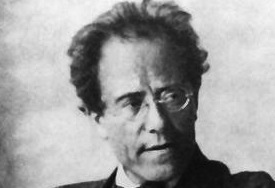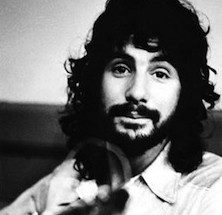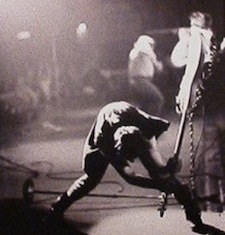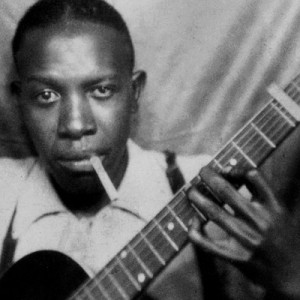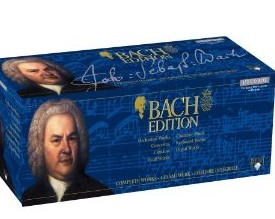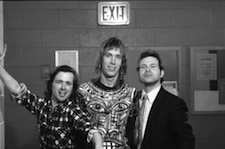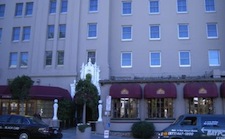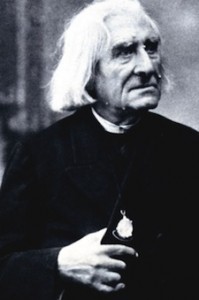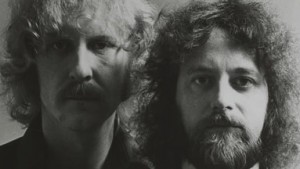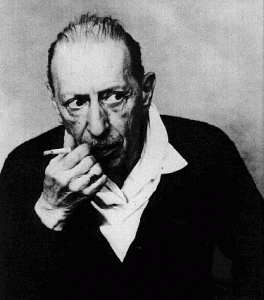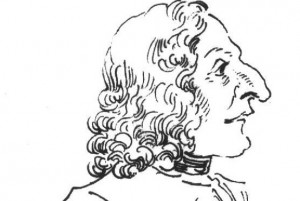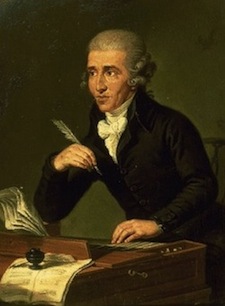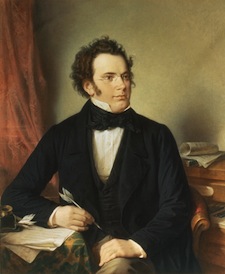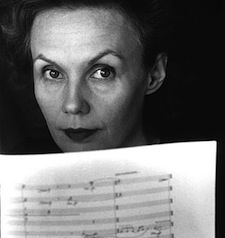I grabbed my front row stack of Mahler for tonight (then diving back into the Bach set). I like Mahler quite a bit (not love, but really like) but I mostly came to this appreciation through performing his work. I have had the chance perform the 1st, and read parts of the 2nd and 5th. I had a great time playing Mahler, and now when I listen to his music I tend to think about that point of view. He really could write well for the different parts of the orchestra. So conscious of color and dynamic! Even when playing in such a huge orchestra, playing Mahler often felt more like playing chamber music. Every part seemed to have such significance, and there is a sense of counterpoint in much of his music that seems to stand out to me. One motivation for getting back into double bass would be the hope to play Mahler again (I would love to perform ‘Das Lied on der Erde’).
So – while I love to think about performing Mahler, I don’t get much chance to listen to him. Usually I feel the need to find time to listen to a piece uninterrupted, and with Mahler that is just a little more difficult. I can’t imagine listening to the beginning of the 9th and not getting to the end of it. I think it would throw off my day. I also love how differently conductors seem to treat his work. I feel like there is a good amount of space in his scores for interpretation, and love comparing different approaches. As a result, I have many different complete Mahler recordings, though none of them are making it onto my drive tonight. I think I have explained before that I have all my CDs in two layers on my shelves. In an ideal world (and at one point) I figured out a way to have the back layer line up with the front layer (so layer two of Mahler would more or less correspond with layer one) but after our move to Tacoma this never really happened again. The front layer tends to be the recordings I would go for more often, and in the Mahler section there were recordings of the first, second, fourth, fifth, sixth and ninth symphonies, and Song of the Earth. And this isn’t to slight the others (in fact, I think the 7th is my favorite) but I have a huge chunk of other Mahler recordings in box sets in the second layer – and they are easy enough to access. But as I started ripping the discs tonight, I remembered one of the great reasons for doing this project in the first place: I won’t have to get up in the middle of a two disc set anymore to change discs. Now a good chunk of my Mahler discs are spread across two discs, so I am now really looking forward to getting to the rest of the discs. So I think that tomorrow night I may need to move one of the Mahler sets to the ‘front layer’ in hopes that Mira will see that there is another box-set to reach for.
The recordings tonight are all pretty fine ones though. Rafael Kubelik doing the first, Herbert Blomstedt and San Francisco doing the second (what a GREAT recording!), Andre Previn and Elly Ameling on number four, Karajan on 5, 6 and 9 (and what a great recording of the 9th… the first minute is simply stunning) and Otto Klemperer with Christa Ludwig and Fritz Wunderlich on ‘Das Lied on der Erde’. I haven’t heard the Klemperer recording in some time and I love how Christa Ludwig sounds on the recording. I listened to the recent Michael Tilson Thomas recording a few weeks ago with Stuart Skelton and Thomas Hampson performing the vocal parts. The Tilson Thomas is a fine recording, but Christa Ludwig’s mezzo-soprano voice is just perfect on ‘Der Abschied’. Really looking forward to hearing this recording again.


